SpaceX Achieves Another Milestone with Launch of 20 Starlink Satellites
SpaceX, the aerospace manufacturer and space transport services company founded by Elon Musk, has successfully launched 20 Starlink small satellites into low-Earth orbit. This significant event took place at Space Launch Complex 4 East (SLC-4E) at Vandenberg Space Force Base in California. The launch began precisely at 9:01 p.m. Pacific Time on Tuesday, September 24, and served as another step towards expanding SpaceX's ambitious goal of creating a Starlink smallsat internet communication constellation.
The Falcon 9 rocket used for this mission was not new to space journeys. Its first stage had already been used nine times before this mission, supporting a variety of previous missions, including NASA Crew-7, CRS-29, NROL-186, EarthCARE, Transporter-10, PACE, and three previous Starlink missions. The reliability and reusability of the Falcon 9's first stage are key components of SpaceX's strategy to make space travel more cost-effective and accessible. Following the successful stage separation, Falcon 9's first stage made a flawless landing on the droneship 'Of Course I Still Love You,' stationed in the Pacific Ocean.
The Significance of the Starlink Project
Starlink, SpaceX's satellite internet constellation project, aims to provide high-speed internet access across the globe, particularly in underserved and remote regions. Each satellite launch, including the recent batch of 20 smallsats, brings SpaceX closer to achieving this revolutionary objective. Among the satellites launched, 13 were equipped with Direct-to-Cell capabilities, showcasing variance in their functional roles within the constellation. Additionally, the remaining seven were v2-Mini Starlink satellites.
The launch window for this mission extended from 9:01 PM to 9:59 PM PDT. With precise timing and enormous technical expertise, SpaceX executed this launch efficiently. It's also noteworthy that the Falcon 9’s first stage was able to complete its landing on the ASDS (Autonomous Spaceport Drone Ship), reaffirming SpaceX’s innovative approach in managing reusable rocket technology.
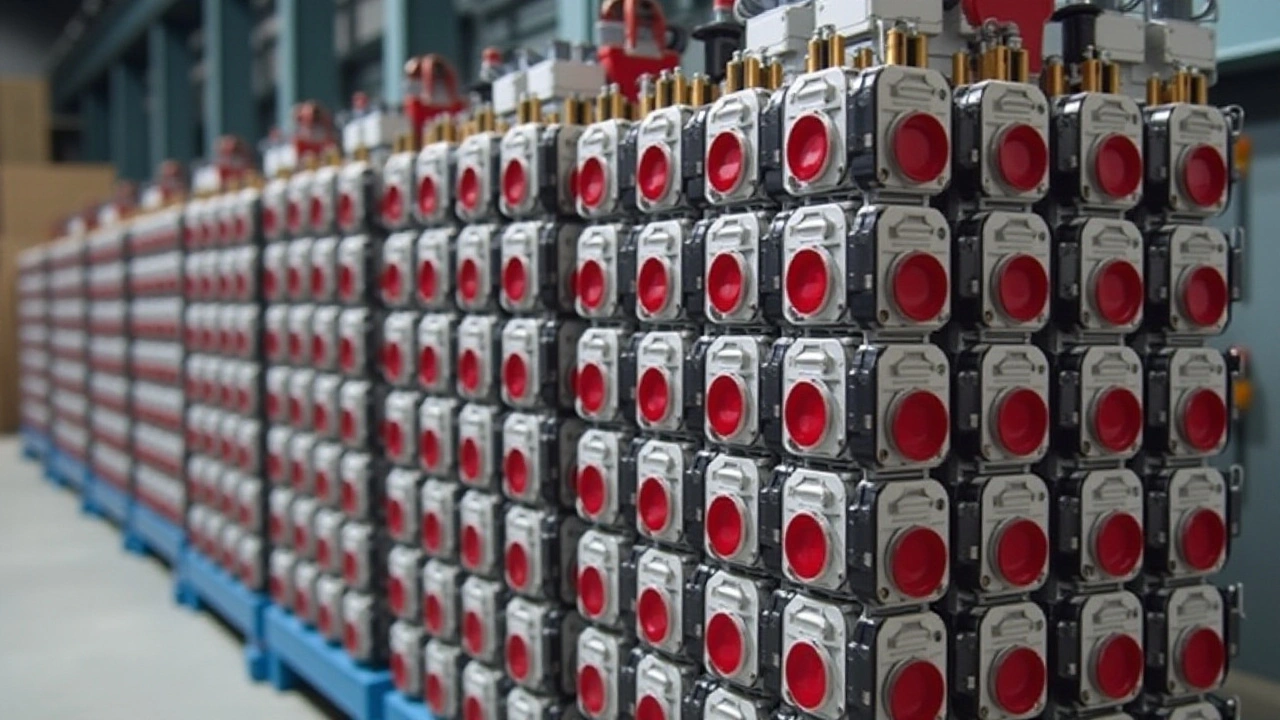
A Storied Launch Site
Space Launch Complex 4E at Vandenberg Space Force Base carries a storied history of launches. Known for its pivotal role in various orbital missions, this launch pad has seen a total of 159 orbital launch attempts and 771 rocket launches. The addition of another successful mission to this site’s legacy signifies both technological advancement and sustained operational success for SpaceX and Vandenberg.
The Vandenberg launch site provides the perfect backdrop for such landmark missions. Its geographical position is particularly advantageous for launching payloads into polar orbits, making it an essential part of the Starlink mission’s journey. This coupling of historical significance and technical capability sets a compelling stage for SpaceX's ambitious plans.
Broadcast and Broader Implications
The September 24 launch was widely accessible to the public and space enthusiasts worldwide as SpaceX provided a live webcast and also streamed the event on its new X TV app. This transparency and eagerness to share their milestones with the world not only underscores SpaceX's confidence in their technology but also boosts public interest and engagement in space exploration.
In the days following this launch, SpaceX will temporarily reduce the frequency of Starlink launches. This decision comes as SpaceX shifts its focus to high-priority missions at its Florida launch pads. These include the anticipated Europa Clipper launch in October and the Crew-9 mission scheduled for September 26.
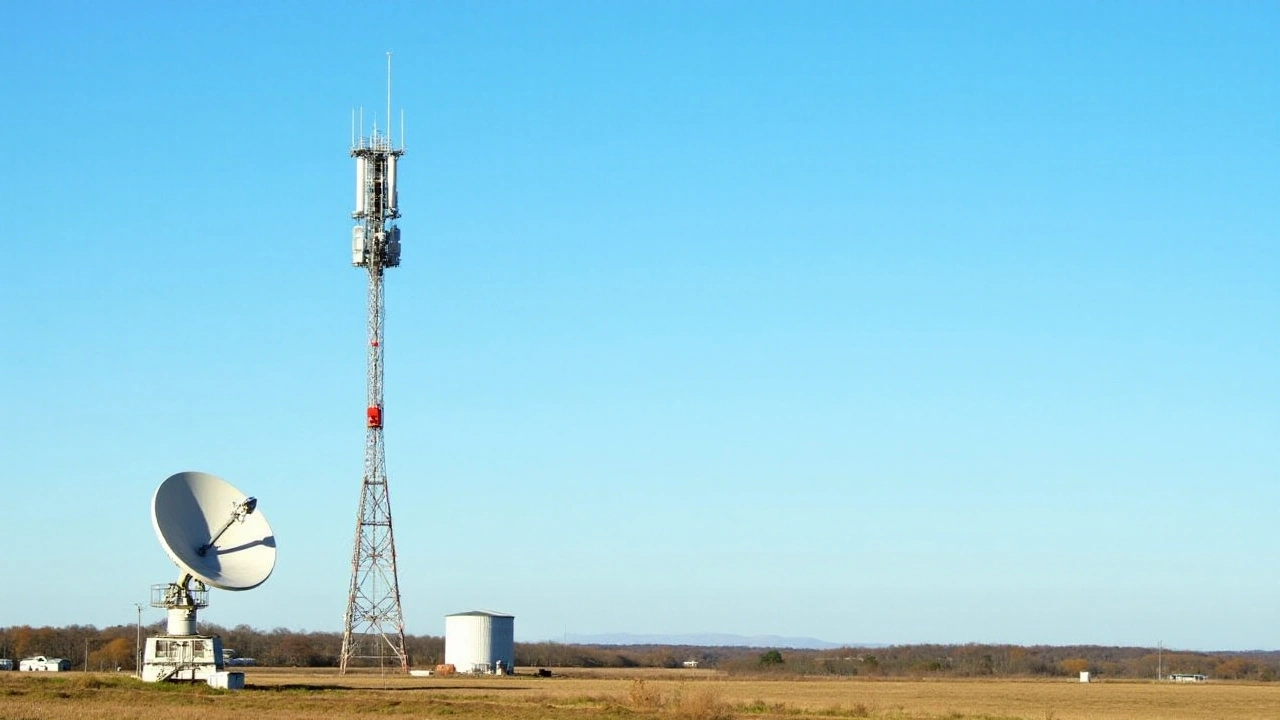
Financial and Operational Elements
The financial aspect of space missions is as critical as their technical achievements. The recent Starlink launch incurred a cost of $52,000,000, which is a testament to the substantial investments required for cutting-edge aerospace operations. However, SpaceX's focus on reusability, exemplified by the Falcon 9's first stage, indicates a strategic approach to reducing long-term costs and enhancing sustainability in space missions.
This successful mission also highlights SpaceX’s adeptness at project management and operational execution. Landing a rocket stage on a floating platform mid-ocean is no small feat and showcases the intricate planning and precision that characterize SpaceX’s operations. Such achievements don't just mark milestones; they pave the way for future innovations in space travel and satellite technology.
Outlook for Starlink and SpaceX
As SpaceX forges ahead with its Starlink project, every successful launch brings us closer to witnessing a new era of global internet connectivity. The deployment of these small satellites will enhance internet coverage across diverse regions, potentially transforming the digital landscape for remote and underserved areas.
Further, SpaceX’s ability to manage their launch schedules and prioritize missions demonstrates a level of maturity and proficiency that few in the aerospace sector have achieved. With each mission, they continue to push the boundaries of what's possible, whether it’s through fine-tuning reusability or expanding the horizons of satellite internet technology.
In summary, the launch of 20 Starlink small satellites from Vandenberg is more than just a technological achievement; it’s a harbinger of the future of global communication. Through innovative engineering, strategic planning, and public engagement, SpaceX continues to redefine the limits of space exploration and satellite-based internet connectivity.

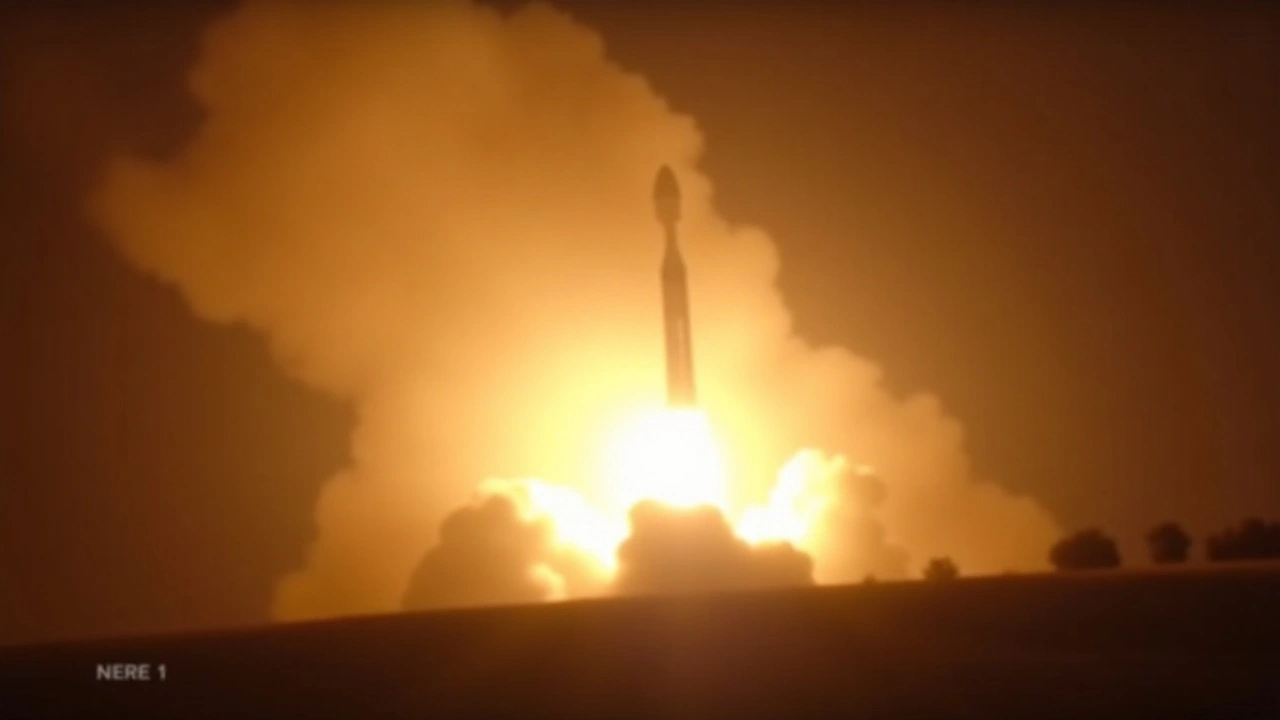
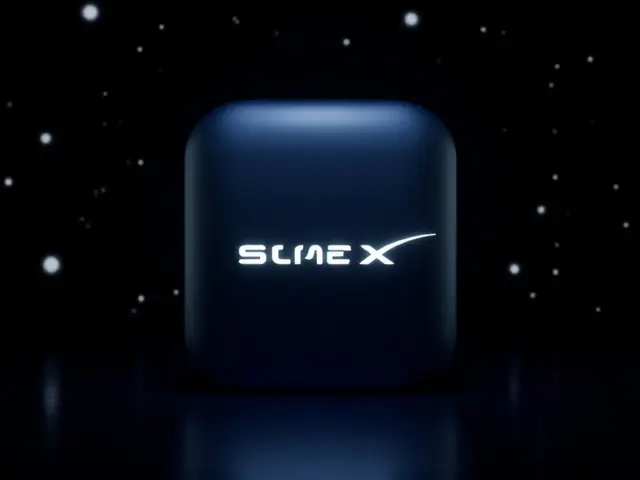
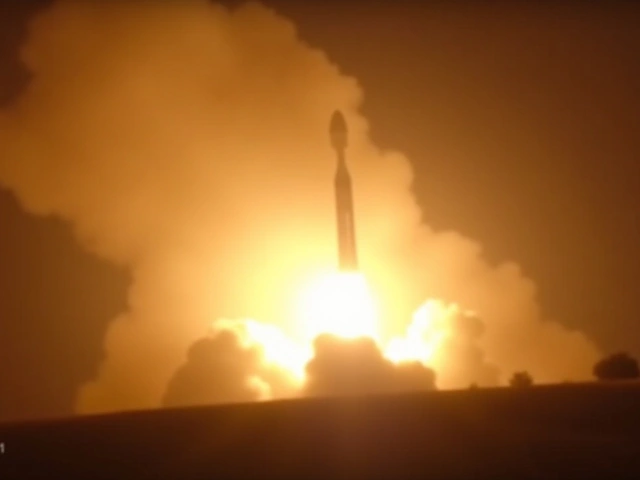
Comments
Wow, another successful Starlink launch from Vandenberg! It's awesome to see SpaceX keeping up the momentum and pushing space tech forward. The reuse of the Falcon 9 first stage really shows how far reusable rockets have come. Watching the droneship land perfectly is always a highlight for me. Can't wait to see how these new satellites improve internet access for remote areas.
Oh man, this launch was literally mind‑blowing! SpaceX just keepss pulling off the impossible-like, seriously, reusing a booster for the tenth time is sheer wizardry. And those Direct‑to‑Cell sats? Totally game‑changing. I mean, who even needs ground towers when you got space‑based phones? This is the future, folks, defintely the future.
Another launch, same old routine.
Sure, another launch, but let's be real-India's own space program could do this and more with far less hype. While they parade their reusable rockets, we already have ISRO delivering satellites to orbit with precision and at a fraction of the cost. It's high time we recognize the real leaders in space, not just the loudest chatterboxes.
Wow!!! This launch is absolutely astounding!!! The precision, the timing-everything is just flawless!!! I can't help but feel a surge of excitement!!! The droneship landing? Pure poetry in motion!!!
Indeed, the tapestry of human ambition is woven with threads of celestial fire, each launch a stanza in the epic poem of our species. The Falcon's rhythmic ascent mirrors the heartbeat of countless dreamers who gaze upward and envision a world unbound. As the Starlink satellites unfurl like luminous fireflies across the night, they whisper promises of connectivity that transcend borders, cultures, and time itself.
We stand at a crossroads where technology and philosophy intertwine; the cosmos beckons, and we answer with boldness. Each thruster's roar is not merely a sound but an affirmation that we, as a collective, refuse to be shackled by terrestrial limitations. The reusability of the rocket's first stage is a testament to the cyclical nature of existence-creation, destruction, and rebirth.
Yet, beyond the mechanics lies a deeper narrative: the convergence of human curiosity and the relentless pursuit of knowledge. The Direct‑to‑Cell capabilities, a marvel of miniaturization, echo the age‑old desire to bridge distances, to speak across oceans without the intervening silence of isolation. In those 20 compact beacons lies the hope that a child in a remote village can, for the first time, access the same river of information as one in a bustling metropolis.
Consider the historical weight of Vandenberg-a launchpad that carries the ghosts of early explorers and the aspirations of modern pioneers. Its polar trajectory is a symbolic gesture, launching dreams toward the unseen poles of possibility. Each mission writes a line in the annals of humanity's ever‑expanding frontier.
And as we watch the droneship gently cradle the weary first stage upon the ocean's chest, we are reminded that even in the vast emptiness of space, there is an inherent need for a firm, nurturing hand-an anchor that assures us we can return, learn, and retry. The financial figures, though staggering, are mere numbers in the grand ledger of progress, outweighed by the intangible wealth of inspiration.
Thus, let us celebrate not just the successful deployment, but the philosophical resonance it carries. For in every satellite, there is a fragment of our collective yearning to connect, to understand, and to belong to something greater than ourselves.
Let's keep watching the skies and stay inspired!